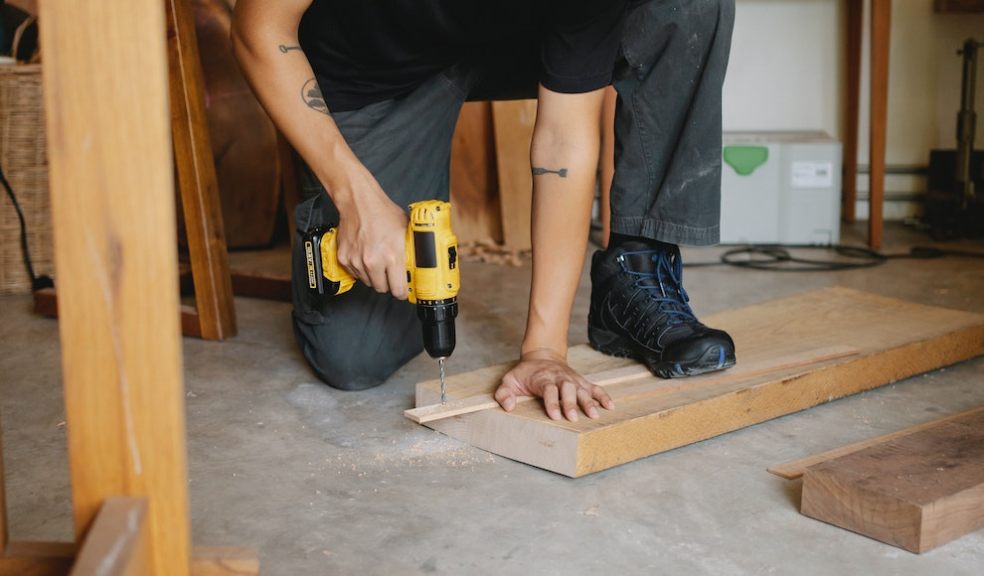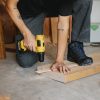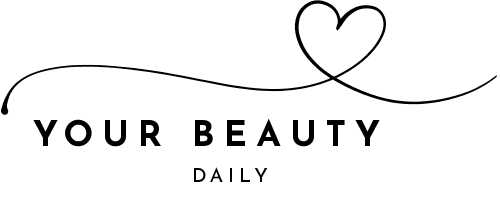
A Beginner’s Guide to Timber Materials for the Home (2023)
If you’re a homeowner, you’ll likely have the odd job around the home that’ll need to be handled – or you may be arranging a renovation of a room (or the entire home) soon. Understanding the timber materials, you’ll have at your disposal is vital to ensure you use the right timber for the right applications.
Using the right timber materials is also essential to ensure you don’t overspend on materials that you don’t need, for instance, using C16 grade timber where C14 timber will do just fine or using MDF sheets where plywood is a better choice.
Today’s article will cover the different types of wood, and timber materials, no matter what project you have on your hands.
Softwood and Hardwood Materials
There are two main types of wood that you’ll likely use:
Softwood is a type of wood from a conifer – for instance, spruce or pine. Structurally, softwoods lack pores, and hardwoods lack resin canals, which impacts the wood's overall strength, its properties, and what it is best used for.
Some examples of hardwood could be oak, teak, and meranti. Hardwoods tend to be the more expensive of the two as they take longer to grow to maturity for harvest and take longer to prepare than softwoods.
For most DIY projects, softwood is what you’ll use.
Timber Strength Grades
For almost any timber product you’ll buy, there will be a strength grade for it. This is represented by a C class which uses the SS-EN 338 standard for structural timber (specifically coniferous tree species or softwoods). This ensures that all timber with C classes is graded similarly to keep them in line with a universal standard.
There are five main C classes:
- C14
- C16
- C18
- C24
- C30
These aren’t the only C classes available but are the most common you’ll likely encounter. The higher the number, the stronger the timber, with C14 being the weakest on this list and C30 being the strongest.
If you are unsure what strength grade you’d need for a project, it is always best to ask an experienced professional.
Sawn Timber and Planed Timber
If you want to purchase timber planks, posts, or any timber for working with, you’ll have a choice between sawn timber and planed timber. What you’ll need will depend on the kind of project you have on your hands.
Sawn timber (also known as rough-cut timber or unfinished timber) is exactly how it sounds. This kind of timber has yet to be milled and is often rough. This kind of timber is often cheaper than planed timber and is ideal for those who want to work with the wood to create something more unique (or to sculpt the wood into a particular purpose for their project).
Planed timber is a timber that has been prepared and planed to be smooth, which means that all four surfaces of the piece of timber have been cut-to-size. This timber is more expensive but ideal for home improvement projects.
Timber Sheet Materials
Sheet materials are another kind of wooden material that you’ll likely need for projects or home improvement. There are various kinds of wooden sheet material, such as:
- Plywood
- MDF
- OSB
All have their benefits and drawbacks with differing applications.
Plywood
Plywood is a kind of wooden sheet material that is created from wood veneer sheets that are glued together using resin. The sheets are angled at 90-degree angles to one another before being glued and pressed to form a sheet – to increase their endurance and overall strength. Usually, various layers are used, which will determine the overall thickness (be it 6mm, 9mm, 12mm, or another thickness).
Medium Density Fibreboard (MDF)
MDF is another sheet material that is engineered. For MDF, hardwood and softwood fibres (often leftover residuals from other wood engineering processes) are combined with wax and resin and then compressed using pressure and high temperatures. The result is a dense board of wood fibres ideal for a range of indoor applications. MDF cut to size for specific projects, is often used in furniture, cabinetry, and other interior design elements due to its smooth surface and versatility.
As MDF is particularly susceptible to moisture and water damage, moisture-resistant MDF has also been produced, but this tends to be more expensive.
Oriented Strand Board (OSB)
OSB is a type of wooden sheet material similar to chipboard in that it is formed by bonding layers of wood strands or ‘flakes’ in specific orientations. This sheet material is often used during new construction projects rather than renovations, but it is worth knowing about.
Conclusion
There are plenty of different timber materials to consider for your project, and we hope this article sheds more light on what you may want to look for.
Always be sure to talk to an expert before making a purchase!

















